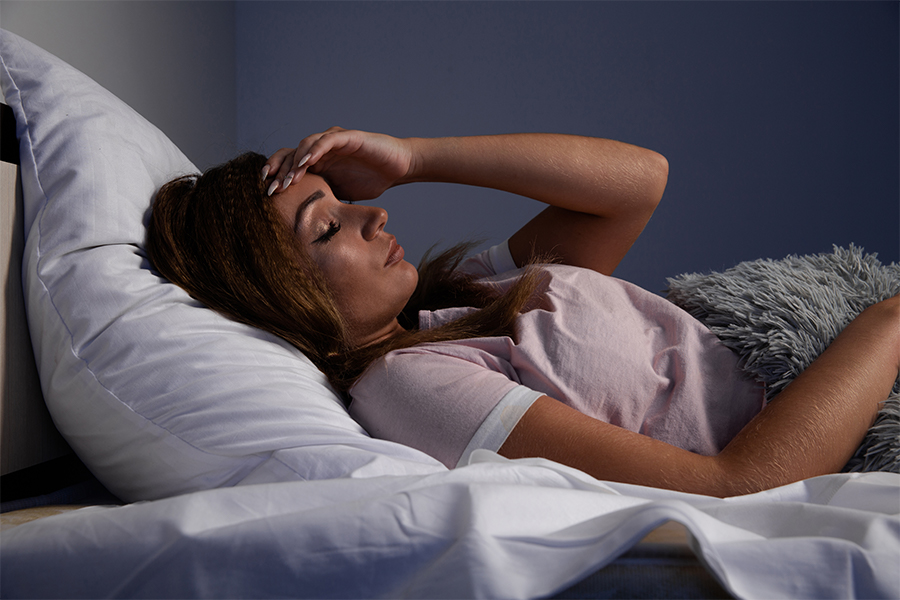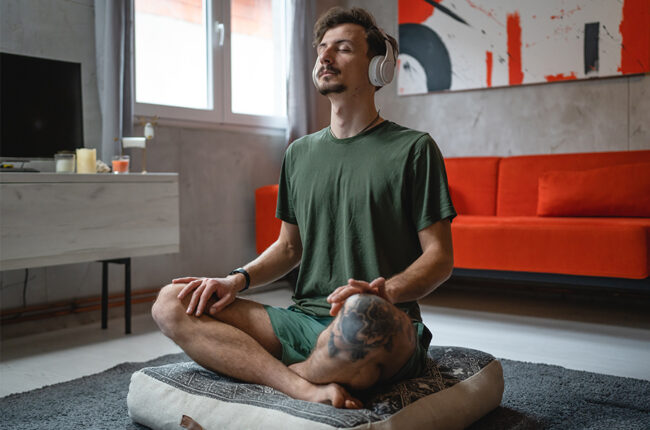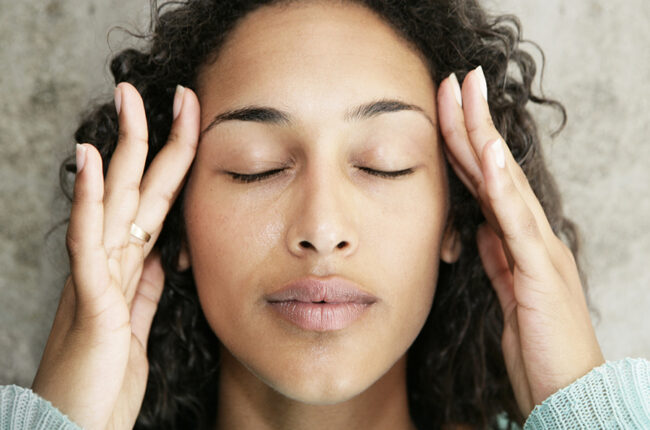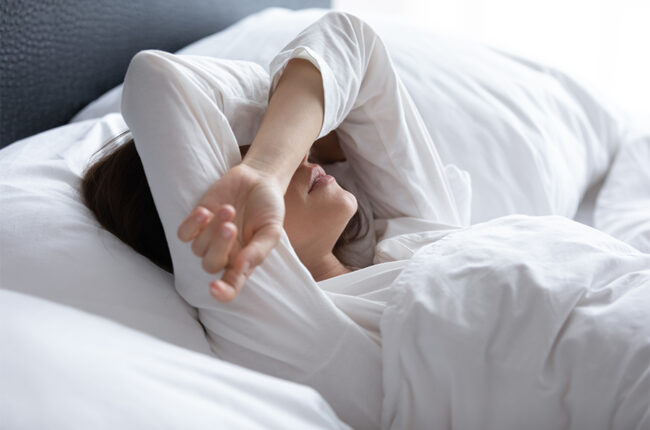From Sharp Health News, a publication of Sharp HealthCare
Falling asleep can sometimes be a challenge. Perhaps you’ve taken the steps to prepare for bedtime, such as creating a relaxing environment and avoiding late afternoon caffeine, but you still find yourself lying awake in bed. Now what?
According to experts, stress and anxiety are often to blame for sleep issues. When our body’s stress response is activated, it can be immensely challenging to fall and stay asleep. But by activating another natural process — the relaxation response — we can calm the mind, relax the body and help ourselves drift off to sleep naturally.
Try these three relaxation techniques to help you nod off in no time:
The 4-7-8 method
The 4-7-8 method involves breathing in for 4 seconds, holding that breath for a count of 7 and then exhaling for 8 seconds. If you’re a beginner, you might feel a little lightheaded at first. It’s recommended to start slowly and practice three to four of the following cycle until you are comfortable:
- Place the tip of your tongue on the roof of your mouth, right behind your front teeth. (You’ll keep it here for the entire exercise.)
- Inhale through your nose for 4 seconds.
- Hold your breath for a count of 7 seconds.
- Exhale through your mouth for 8 seconds, allowing your exhale to make a natural sound like you’re blowing out a candle.
Body scan
The body scan helps shift the mind away from a barrage of thoughts to focus on physical sensations. Once you’re lying comfortably in bed:
- Start by taking a few deep breaths to get your body into a relaxed state.
- Bring your attention to your feet, noticing any sensations in your toes and if you’re holding any tension in this part of the body.
- If you notice discomfort here, acknowledge it and try to let go of any thoughts. Visualize the tension leaving the body through the breath.
- When you’re ready, move your focus to your calf muscles, repeating the process of noticing sensations, letting go of thoughts and visualizing the tension leaving through your breath.
- Methodically move your attention to each part of your body, one by one, moving from your feet to your forehead until you’ve scanned your entire body.
Progressive muscle relaxation
With progressive muscle relaxation, you tense different muscle groups a few times before allowing them to relax. Start at the top of your body:
- Raise your eyebrows to tighten your forehead muscles, then allow them to relax, focusing on the release of tension from the temples.
- Squeeze your eyes shut, then allow them to relax. Focus on how your eyelids fall over your eyes.
- Smile to feel tension in your cheeks and jaw, then allow them to relax, focusing on how each muscle interacts within your face.
- Repeat this process through the rest of your body, moving through muscle groups in the shoulders, arms, abdomen and legs, before finishing at your feet.
- Lay in this relaxed position until you doze off to sleep.
While these techniques might not immediately put you to sleep, they can help reduce stress and anxiety to increase the likelihood of falling asleep.
The VEBA Resource Center offers Yoga Nidra (Yoga for Sleep) Classes. Enjoy a session of guided meditation and mind-body therapy done in a comfortable lying down position to systemically reduce stress, increase circulation and promote better sleep. Check out our calendar to sign up for an upcoming class.








